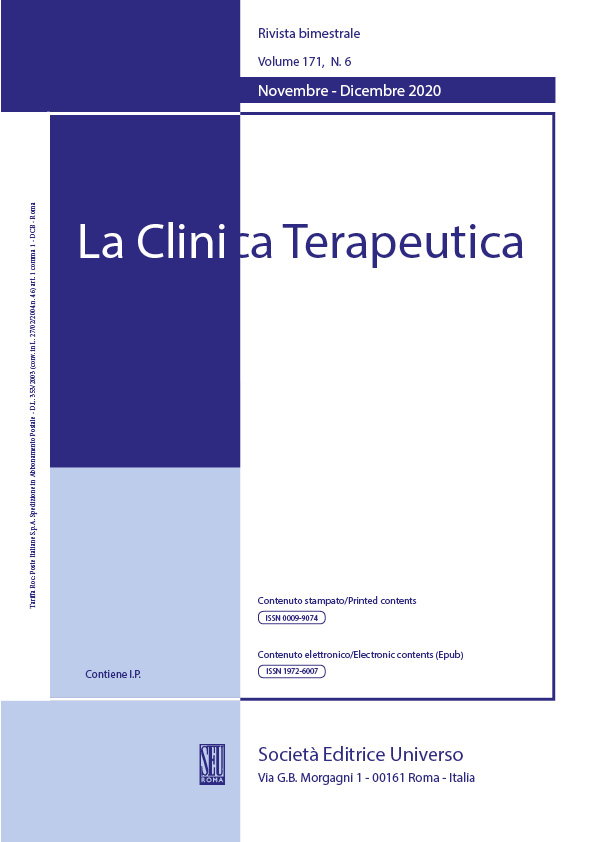Abstract
Leigh syndrome is a rare progressive neurodegenerative disease with variable clinical presentations associated with mitochondrial dysfunction. However, the most common presentations are motor and intellectual developmental delays, with signs and symptoms of brainstem and basal ganglia involvement. We describe a 6-year-old boy with a history of delayed developmental milestones who presented to our hospital due to unconscious status and respiratory distress syndrome. The patient underwent brain magnetic resonance imaging (MRI), and multiple subacute necrotic lesions were identified at the bilateral basal ganglia, thalamus, cerebral peduncles, brainstem, and cortical regions. DNA analysis was performed, which revealed mutations in SURF1. The patient experienced several relapses and died of respiratory failure and hospital-acquired infections, 3 years after the diagnosis of Leigh syndrome. Leigh syndrome should be considered in children with neurological problems and bilateral basal ganglia or brainstem abnormalities. Neurological MRI can be useful for guiding clinicians in ordering the most appropriate enzymatic and genetic analyses for further diagnosis.

